Ensure your Goldfish Plant thrives with these 10 essential tips. Learn the best practices for watering, feeding and providing the right environment.
Are you the proud owner of a Goldfish Plant? Or maybe you’re thinking about getting one? Either way, you’re in for a treat! These unique plants, with their fish-shaped flowers, are a fun addition to any indoor garden. But how do you keep them happy and healthy? Don’t worry – we’ve got you covered with these 10 essential tips.
Here’s a detailed short information chart about the Goldfish Plant (Nematanthus spp.):
| Feature | Description |
|---|---|
| Botanical Name | Nematanthus spp. |
| Common Name | Goldfish Plant |
| Appearance | Small, trailing vine with glossy, dark green leaves; distinctive fish-shaped flowers in shades of orange or red |
| Leaf Shape | Oval to elliptical |
| Plant Type | Perennial vine |
| Zones | USDA Zones 10-11; indoors in colder climates |
| Sun Exposure | Bright, indirect light |
| Soil Type | Well-draining potting mix |
| Flowering Season | Spring and summer |
| Watering | Keep soil evenly moist; water when top inch feels dry |
| Fertilization | Feed every 2 weeks during active growth with balanced liquid fertilizer |
| Growth Habit | Trailing, spreading |
| Height/Spread | Up to 12 inches (30 cm) tall; spreads 12-18 inches (30-45 cm) wide |
| Temperature | Average room temperature (60-75°F or 15-24°C); avoid drafts and temperature extremes |
| Common Issues | Overwatering leading to root rot; dry leaf edges due to low humidity |
| Toxicity | Non-toxic to cats and dogs |
| Special Features | Unique, eye-catching flowers resemble goldfish; attractive hanging basket plant |
1. Let There Be Light (But Not Too Much!)
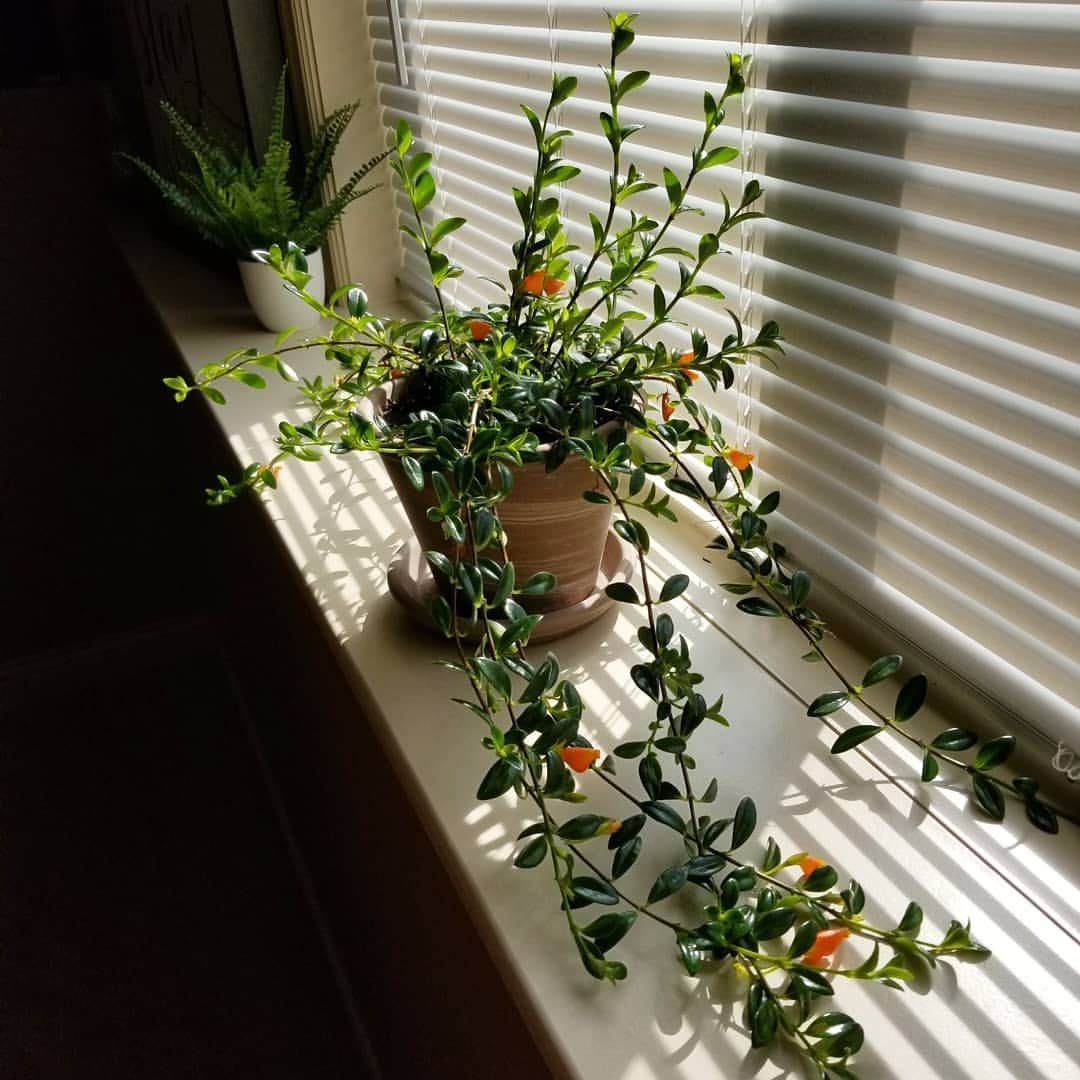
Goldfish Plants love bright, indirect light. Think of them as the Goldilocks of the plant world – they want their light just right. Here’s what to do:
- Place your plant near a window, but not in direct sunlight.
- An east or west-facing window is usually perfect.
- If you only have a south-facing window, use a sheer curtain to filter the light.
Remember, too much direct sun can burn the leaves, while too little light will result in fewer of those cute fish-shaped flowers.
2. Water Wisely

Getting the watering right is key to a happy Goldfish Plant. Here’s the golden rule: keep the soil moist, but not soggy. How do you do that?
- Water when the top inch of soil feels dry.
- Water thoroughly until water runs out of the drainage holes.
- Empty the saucer under the pot after watering.
- Water less frequently in winter when growth slows down.
Overwatering is a common killer of houseplants, so it’s better to underwater slightly than to overwater.
3. Humidity is Your Friend

Goldfish Plants are tropical plants, which means they love humidity. In most homes, the air is too dry for their liking. Here’s how to increase humidity:
- Use a humidifier near your plant.
- Place a pebble tray with water under the plant (make sure the pot isn’t sitting in water).
- Group plants together to create a mini humid environment.
- Mist the leaves occasionally, but not too often to avoid fungal problems.
Aim for humidity levels above 50% if possible.
4. Keep It Warm
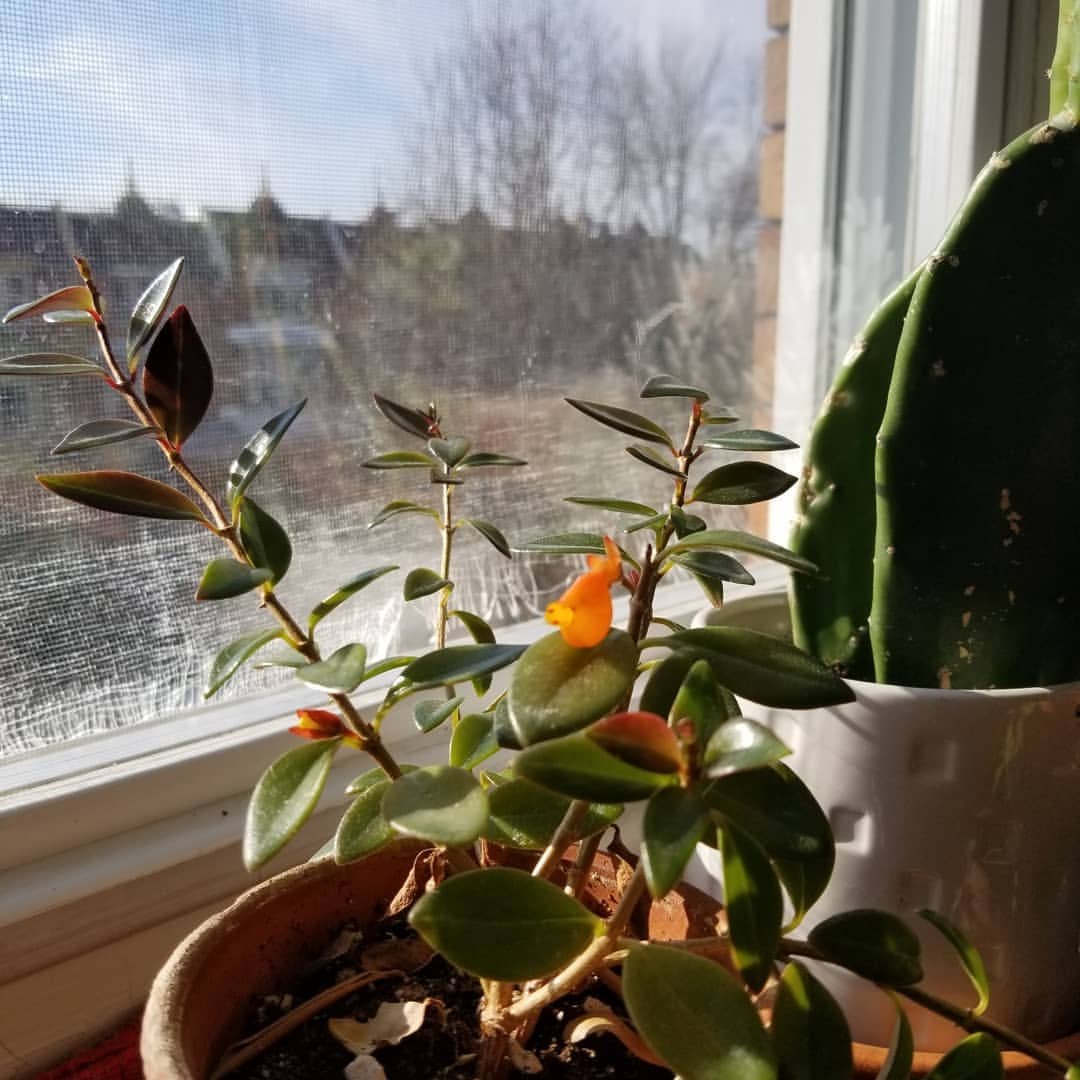
Goldfish Plants like it warm, just like in their tropical home. Here’s what to aim for:
- Keep temperatures between 65°F and 75°F (18°C to 24°C).
- Don’t let it get below 60°F (15°C).
- Avoid placing your plant near drafty windows or air conditioning vents.
5. Feed Your Plant
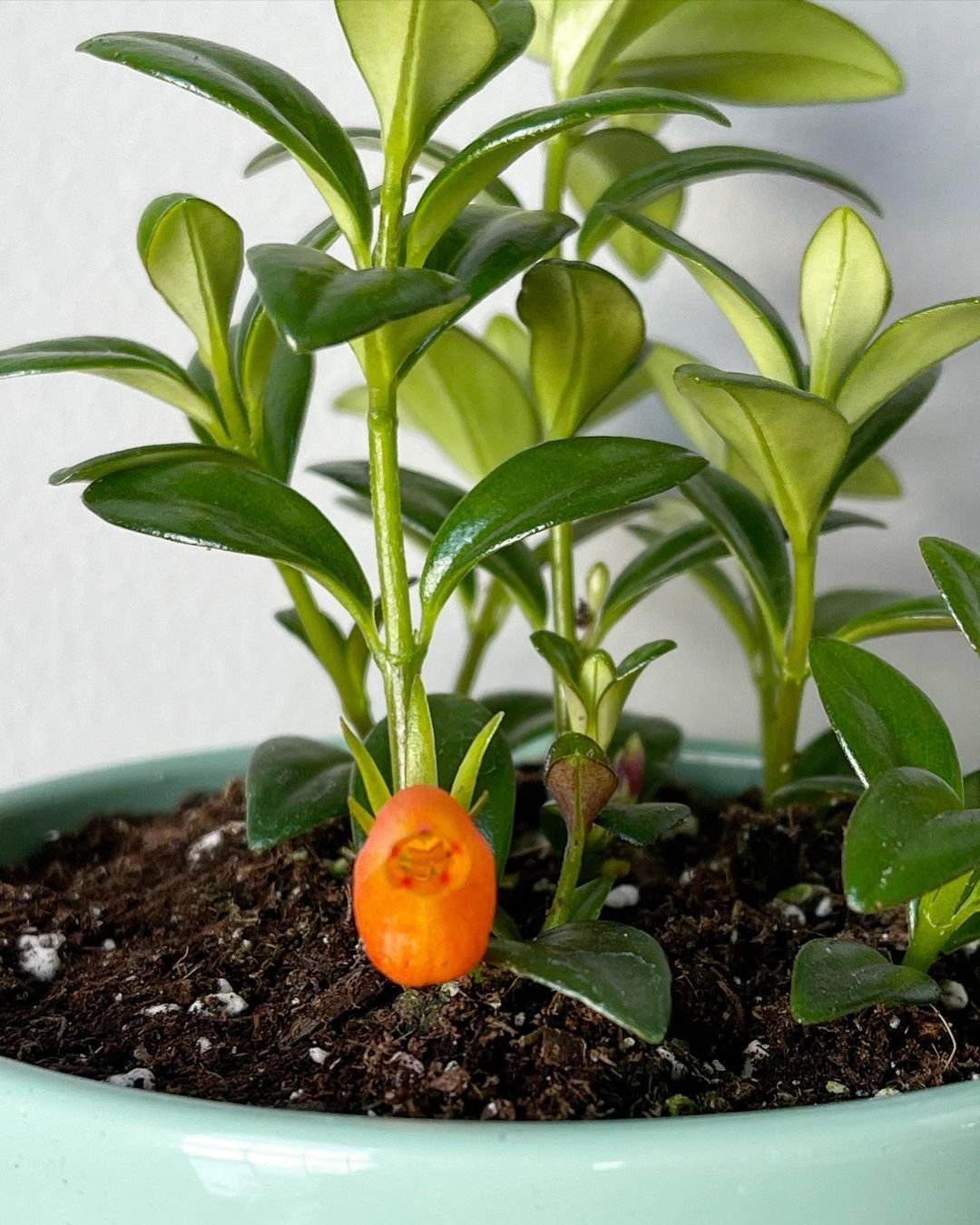
Like all living things, Goldfish Plants need food to grow. Here’s how to fertilize:
- Use a balanced, water-soluble fertilizer (like a 10-10-10 mix).
- Fertilize every two weeks during spring and summer.
- Cut back on fertilizer in fall and winter when growth slows down.
- Always follow the instructions on the fertilizer package.
Remember, over-fertilizing can harm your plant, so don’t overdo it!
6. Prune for Health and Beauty
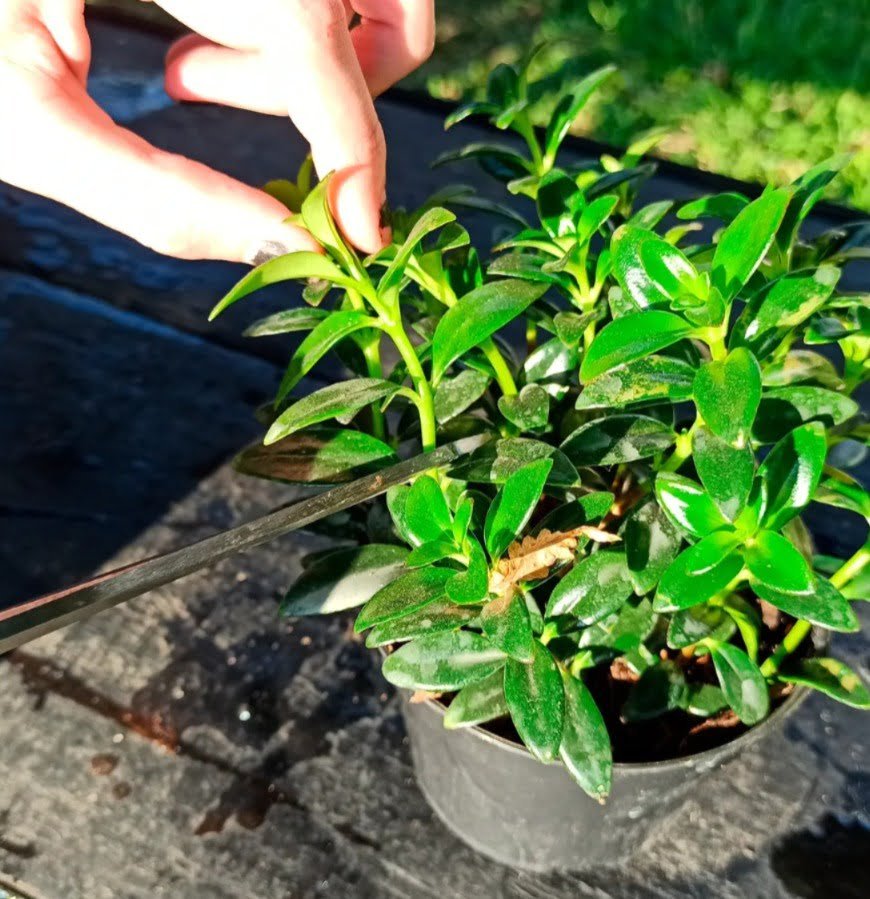
Pruning isn’t just about keeping your plant looking neat – it’s also good for its health. Here’s what to do:
- Pinch off the tips of new growth to encourage bushiness.
- Remove any dead or yellowing leaves as they appear.
- Trim back long, straggly stems to keep the plant compact.
- Always use clean, sharp scissors to avoid damaging the plant.
7. Choose the Right Pot

The right pot can make a big difference to your Goldfish Plant’s health. Here’s what to look for:
- Choose a pot with drainage holes to prevent waterlogging.
- Use a pot that’s just slightly larger than the root ball.
- Hanging baskets work well for Goldfish Plants, allowing their trailing stems to cascade down.
8. Use the Right Soil
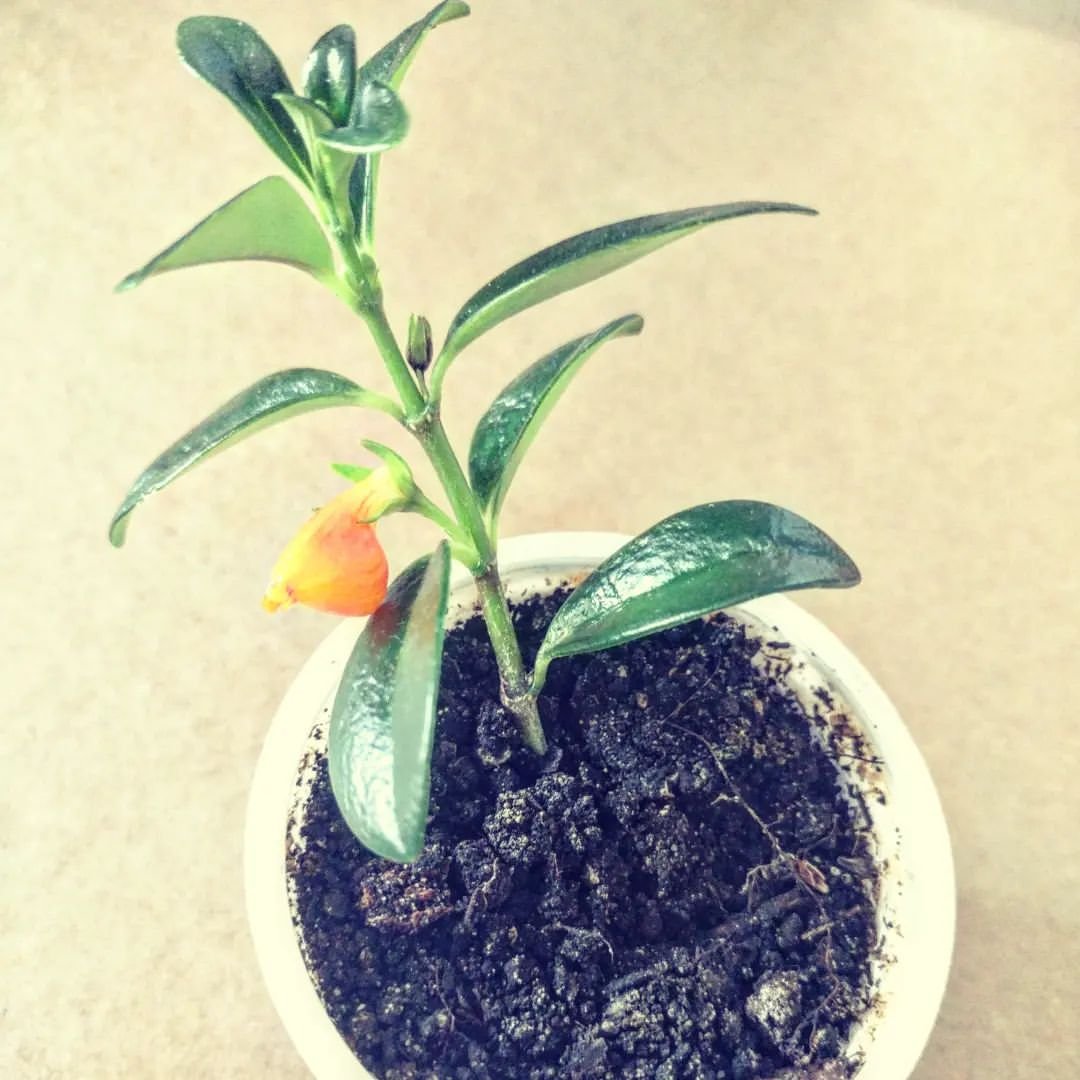
Goldfish Plants need soil that drains well but still holds some moisture. A good mix is:
- 2 parts peat moss
- 1 part perlite
- 1 part orchid bark
This mix provides good drainage while still retaining enough moisture for the plant.
9. Watch for Pests

Even indoor plants can sometimes get pests. Keep an eye out for:
- Mealybugs: These look like small, white, cottony spots on leaves and stems.
- Spider mites: These tiny pests can cause yellowing leaves and fine webbing on the plant.
If you spot pests, treat with neem oil or insecticidal soap.
10. Be Patient with Blooms

Goldfish Plants are known for their unique flowers, but don’t worry if your plant isn’t blooming right away. Here’s what to know:
- Goldfish Plants typically bloom heaviest in spring and summer.
- With proper care, they can bloom on and off throughout the year.
- If your plant isn’t blooming, it might need more light or fertilizer.
- Be patient – sometimes it takes a while for a new plant to settle in and start blooming.
Frequently Asked Questions
Here are some common questions about Goldfish Plant care:
Q: How often should I repot my Goldfish Plant?
A: Goldfish Plants don’t mind being a bit root-bound. Repot every 2-3 years or when the plant outgrows its current pot.
Q: Can I propagate my Goldfish Plant? A: Yes! You can propagate Goldfish Plants from stem cuttings. Spring is the best time to do this.
Q: Is the Goldfish Plant toxic to pets?
A: No, Goldfish Plants are not toxic to cats or dogs. However, it’s always best to keep plants out of reach of pets.
Q: Why are the leaves on my Goldfish Plant turning yellow?
A: Yellow leaves can be caused by overwatering, underwatering, or lack of nutrients. Check your watering routine and fertilizer schedule.
Q: Can I grow a Goldfish Plant outdoors?
A: In warm, humid climates (USDA zones 10-11), you can grow Goldfish Plants outdoors. In cooler areas, it’s best to keep them as houseplants.
Caring for a Goldfish Plant can be a fun and rewarding experience. With these 10 tips, you’re well on your way to having a healthy, thriving plant. Remember, every plant is unique, so don’t be afraid to adjust your care routine as you learn what your Goldfish Plant likes best.
For more information on houseplant care, check out these resources:
- University of Vermont Extension: Houseplant Care
- Missouri Botanical Garden: Indoor Plants
- Cornell University: Houseplant Care
Happy gardening, and enjoy your beautiful Goldfish Plant!